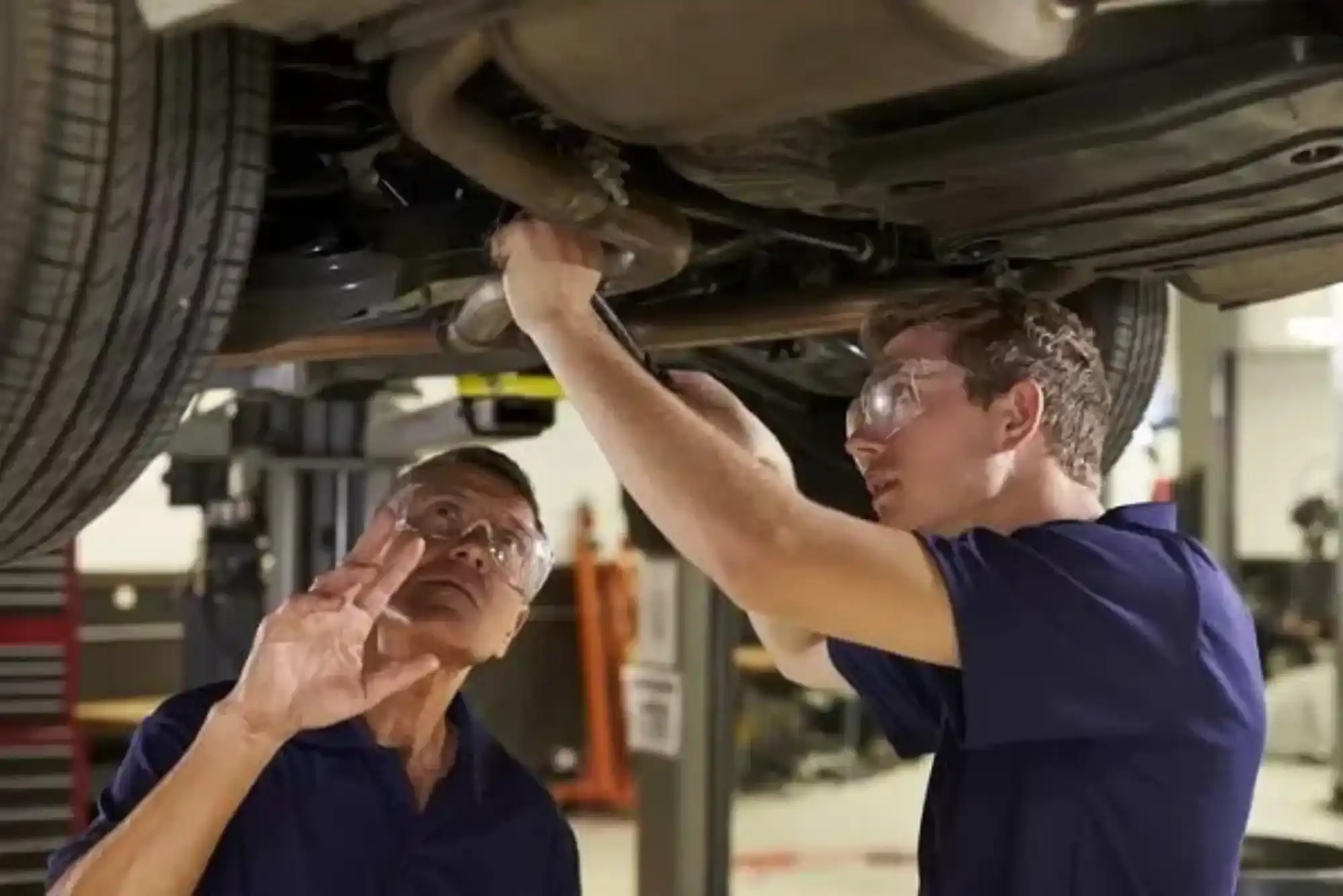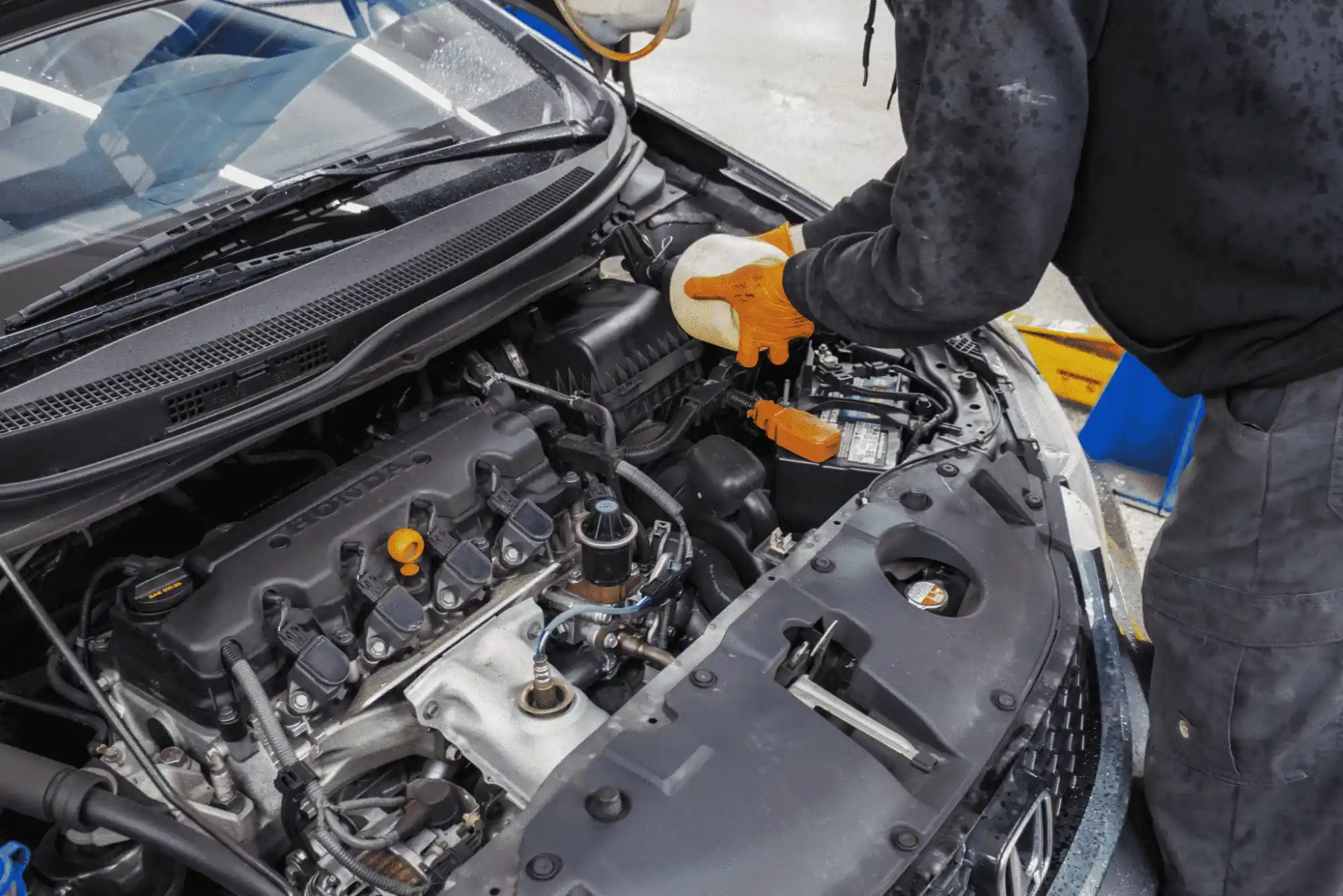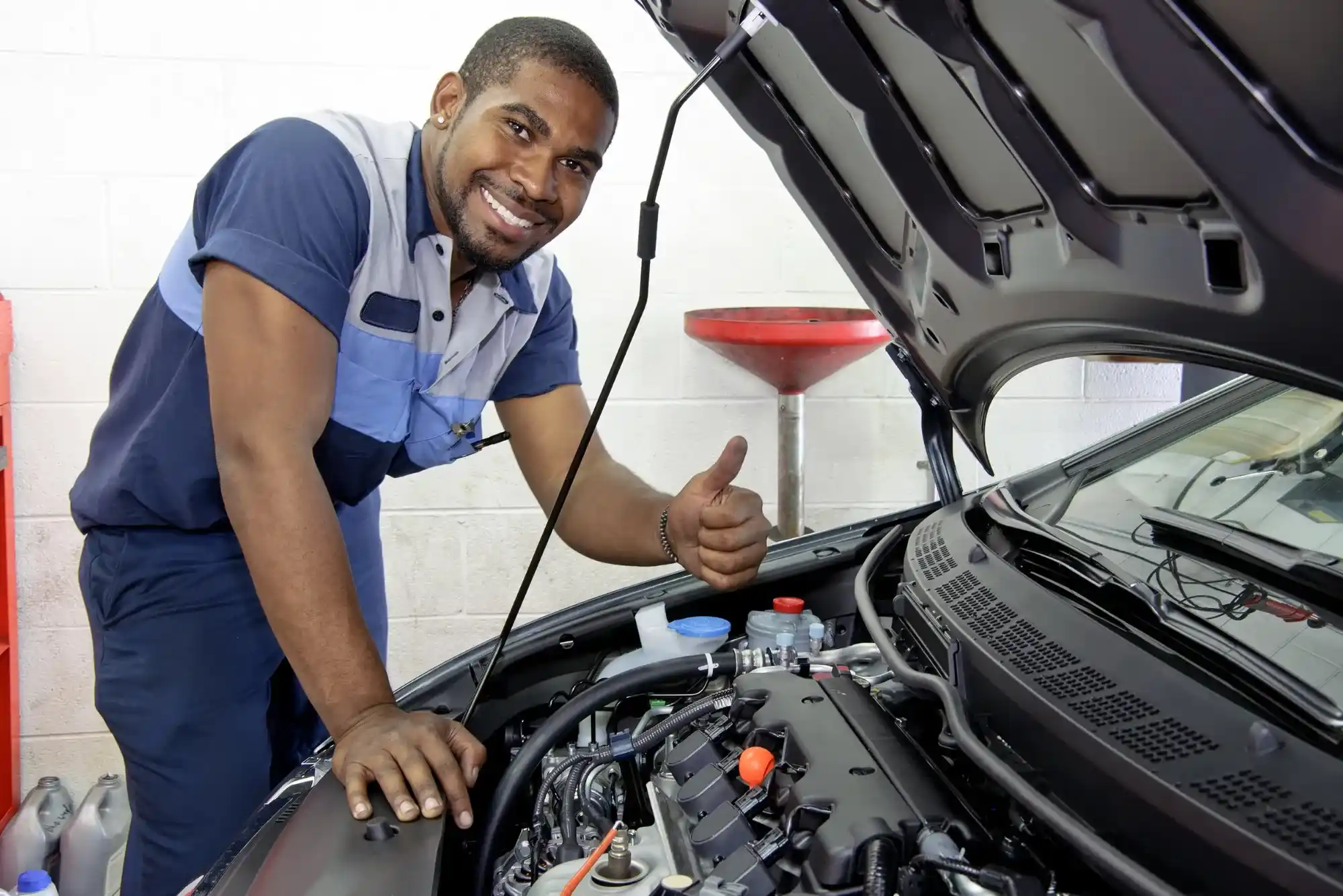Reliable transportation is a lifeline for many individuals, providing access to jobs, education, healthcare, and other essential services. For low-income families, car maintenance and repairs can often become a significant financial burden, forcing some to make difficult choices between fixing their vehicles and meeting other basic needs.
The Ceda Car Repair Program aims to address this challenge by offering affordable car repair services to those in need.
In this article, we share real stories from beneficiaries who have experienced life-changing support through the Ceda Car Repair Program. These stories highlight the profound impact this program has had on individuals and families, helping them regain mobility, independence, and financial stability.
The Importance of Reliable Transportation
Transportation is often taken for granted, but for many, it is the key to maintaining employment, attending school, and accessing vital healthcare services. Without a reliable car, getting to work, picking up children from school, or making it to a doctor’s appointment can become nearly impossible. The cost of unexpected car repairs can be devastating, especially for low-income families living paycheck to paycheck.
This is where the Ceda Car Repair Program steps in, offering a lifeline for those struggling to afford critical repairs. By providing financial assistance for necessary vehicle repairs, the program ensures that families can keep their cars running and avoid the cascading effects of losing reliable transportation.
Linda’s Story: Getting Back to Work After a Car Breakdown
Linda, a single mother of two, found herself in a dire situation when her car suddenly broke down on the way to work. As the primary breadwinner for her family, Linda relied heavily on her car to commute to her job and take her children to school. Without a functioning vehicle, she faced the possibility of losing her job and falling behind on bills.
“I was already struggling to make ends meet, and when my car broke down, I didn’t know what to do,” Linda recalls. “I couldn’t afford to fix it, and without my car, I was afraid I’d lose my job.”
After learning about the Ceda Car Repair Program through a local community resource center, Linda applied for assistance. Within days, she received help to cover the cost of the necessary repairs, allowing her to get back on the road and return to work.
“The program was a lifesaver,” Linda says. “Without it, I don’t know how I would have managed to keep everything together. It gave me the support I needed to take care of my family.”
John’s Story: Staying Independent in Retirement

John, a retiree living on a fixed income, was devastated when his car’s transmission failed. Living in a rural area with limited public transportation, John depended on his car for everything from grocery shopping to doctor’s appointments. The cost of the repair was far beyond what he could afford, leaving him anxious and isolated.
“My car is my lifeline,” John explains. “Without it, I felt like I was trapped. I couldn’t do the simplest things like go to the store or visit my doctor.”
John’s social worker suggested he apply for the Ceda Car Repair Program, and within a short period, he received the financial assistance he needed to replace his transmission.
“I couldn’t believe how quickly the program helped me,” John says. “They didn’t just fix my car; they gave me back my independence. Now I can go about my day without worrying about how I’ll get where I need to be.”
Maria’s Story: Ensuring Her Children’s Safety
For Maria, the mother of three young children, safety was her primary concern when her car started having brake issues. As a full-time caregiver and part-time worker, Maria knew she couldn’t afford to let the problem go unresolved, but she also didn’t have the funds to pay for the costly brake repairs.
“I was terrified every time I drove the kids to school or to their doctor’s appointments,” Maria shares. “I knew something was wrong with the brakes, but I just didn’t have the money to fix it. I didn’t know where to turn.”
After speaking with a family support counselor, Maria was referred to the Ceda Car Repair Program. The program not only covered the cost of her brake repair but also conducted a full inspection of her vehicle to ensure it was safe for her family.
“I felt such a sense of relief knowing my kids were safe in the car again,” Maria says. “The program didn’t just help me with the brakes—they made sure my whole car was in good shape. I’m so grateful for the peace of mind they gave me.”
Tim’s Story: Avoiding Job Loss and Financial Ruin
For Tim, a factory worker with a demanding job, his car was essential for getting to work on time. When his car broke down unexpectedly, he faced the harsh reality that missing too many days could lead to losing his job. With rent, utilities, and other bills piling up, Tim knew he couldn’t afford to lose his primary source of income.
“I was in a panic,” Tim remembers. “I live in a small town with no public transportation, and if I missed too many shifts, I would have been fired. I didn’t have the money to fix my car, and I felt like I was out of options.”
A friend told Tim about the Ceda Car Repair Program, and he quickly applied for assistance. The program covered the full cost of his car repairs, allowing him to get back to work without missing a single shift.
“The program saved my job,” Tim says. “I was in a really tight spot, and I don’t know what I would have done without their help. It was such a relief to know I could count on them in a time of need.”
How the Ceda Car Repair Program Works

The Ceda Car Repair Program is designed to help low-income individuals and families who face financial barriers to repairing their vehicles. The program offers assistance for essential car repairs, helping beneficiaries maintain reliable transportation for work, school, medical appointments, and other important activities.
Eligibility Requirements
To qualify for the program, applicants must meet certain income requirements and demonstrate a genuine need for vehicle repair assistance. Typically, the program is available to those whose household income falls below a specific threshold, and priority is given to individuals who rely on their vehicle for employment or critical services.
Application Process
Applying for the program is straightforward. Applicants must fill out a form providing details about their vehicle, the nature of the needed repairs, and their financial situation. In some cases, applicants may need to provide documentation, such as proof of income or a mechanic’s estimate for the repair work.
Once the application is reviewed and approved, beneficiaries are connected with partner repair shops where the necessary work can be completed. In many cases, the program covers the full cost of the repair, although in some instances, beneficiaries may be asked to contribute a small portion.
The Broader Impact of the Program
The Ceda Car Repair Program doesn’t just fix cars—it changes lives. By ensuring that low-income families have access to reliable transportation, the program empowers individuals to stay employed, access healthcare, and care for their families. This ripple effect extends beyond the immediate beneficiaries, strengthening communities and local economies by supporting workforce participation and reducing financial stress.
The real stories from beneficiaries of the Ceda Car Repair Program highlight the life-changing impact this initiative has on individuals and families. For those facing unexpected car repairs, the program offers more than just financial assistance—it provides hope, stability, and the opportunity to overcome challenging circumstances.
Whether it’s helping a single mother get back to work, ensuring a retiree maintains their independence, or keeping a family safe on the road, the Ceda Car Repair Program continues to be a crucial resource for those in need.




